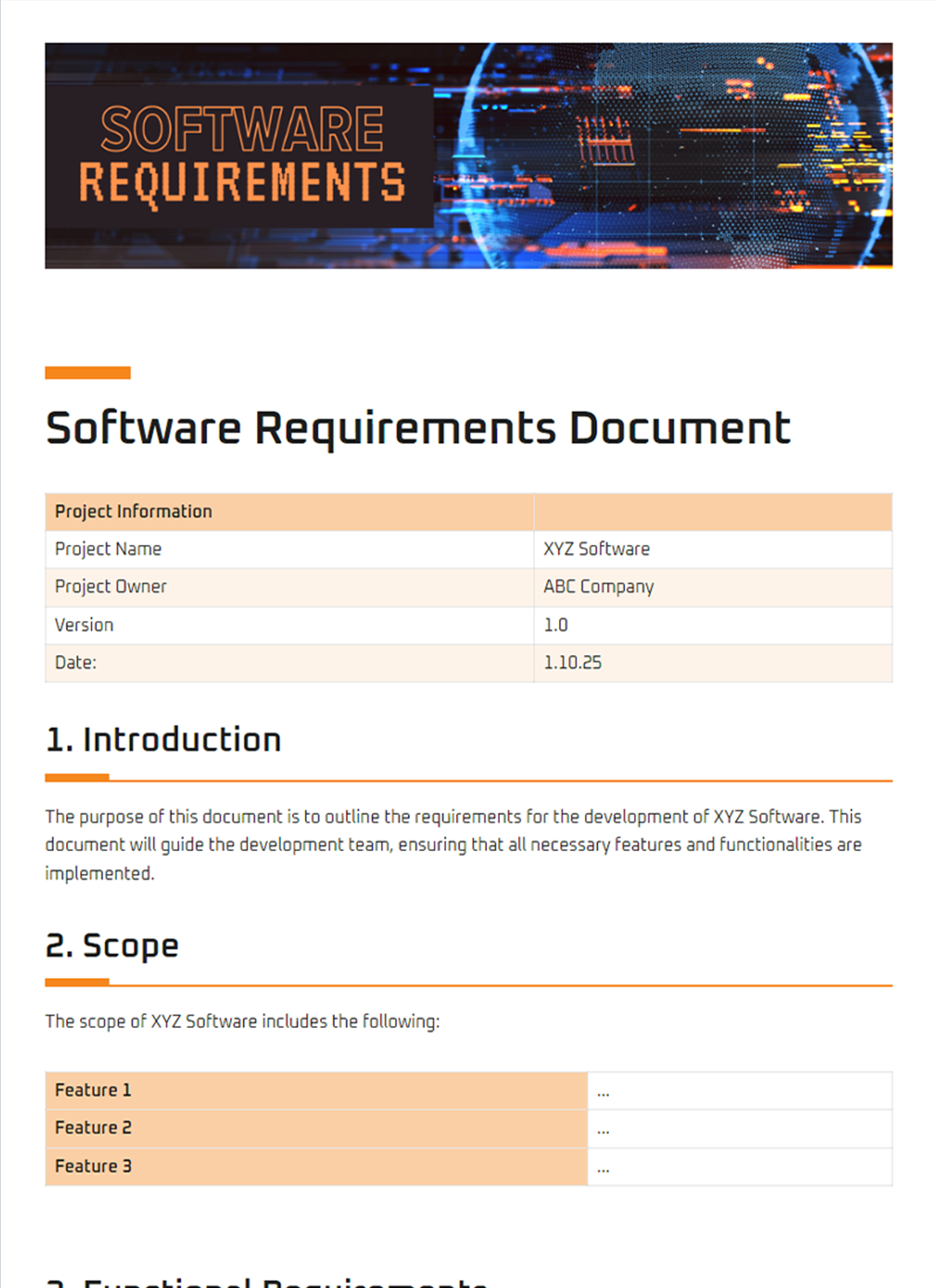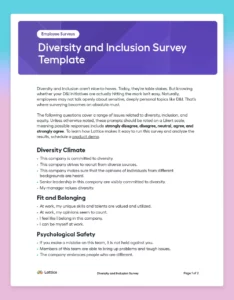Creating a well-structured software requirements documentation template is crucial for capturing and specifying the functional and non-functional requirements of a software system. It serves as a blueprint for the development team to follow, ensuring that the final product aligns with the stakeholders’ expectations. By adhering to a standardized template, organizations can streamline the requirements gathering and documentation process and enhance communication among team members.
A comprehensive software requirements documentation template typically includes sections for high-level system requirements, detailed functional and non-functional requirements, acceptance criteria, and a glossary of terms. It also allows for the inclusion of diagrams, mockups, and flowcharts to provide visual context and enhance understanding.

Importance of a Standardized Template
Standardizing the software requirements documentation template offers numerous benefits for organizations. It ensures consistency in documentation, making it easier for stakeholders to understand and review the requirements. A standardized template also helps reduce errors and omissions by providing a structured approach to capturing requirements. Additionally, it streamlines the communication process between stakeholders and the development team, fostering a shared understanding of the project goals.
Furthermore, a well-defined template facilitates the traceability of requirements throughout the development lifecycle. This allows for easy identification of the origin of each requirement and its implementation in the final product. It also enables impact analysis when changes need to be made, ensuring that all affected requirements are identified and addressed.
Essential Elements of a Software Requirements Documentation Template
A comprehensive software requirements documentation template should include the following essential elements:
- Introduction: Provides an overview of the project, including the project scope, purpose, and objectives.
- System Requirements: Defines the high-level requirements that the software system must meet, such as performance, security, and scalability.
- Functional Requirements: Captures the detailed functionalities that the software system must perform, including inputs, outputs, and business rules.
- Non-Functional Requirements: Specifies non-functional aspects of the software system, such as usability, reliability, and maintainability.
- Acceptance Criteria: Defines the criteria that the software system must meet in order to be considered acceptable by the stakeholders.
- Glossary of Terms: Provides definitions for technical terms used in the requirements document.
Additionally, the template should allow for the inclusion of diagrams, mockups, and flowcharts to enhance understanding and provide visual context for the requirements.
Conclusion
Using a standardized software requirements documentation template is essential for effective software development. It ensures consistency, reduces errors and omissions, streamlines communication, and facilitates traceability. By adhering to a well-structured template, organizations can improve the quality of their software requirements documentation and enhance the overall success of their software development projects.
Remember, a comprehensive and well-documented software requirements documentation template is not just a formality; it serves as a foundation for successful software development by aligning stakeholders’ expectations with the final product.
